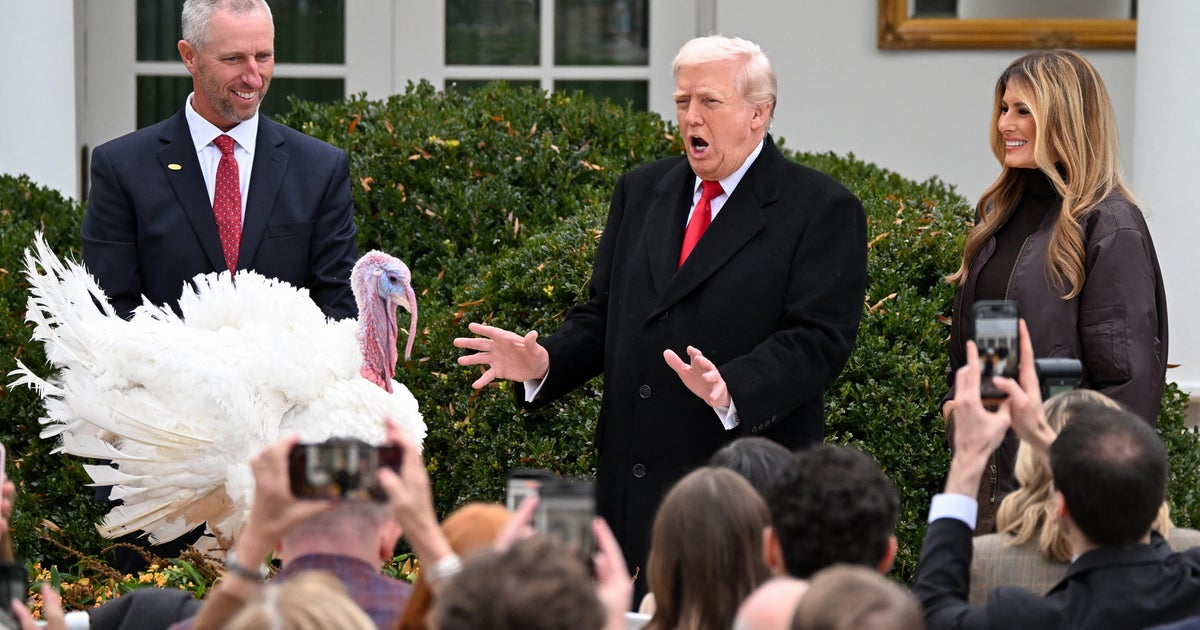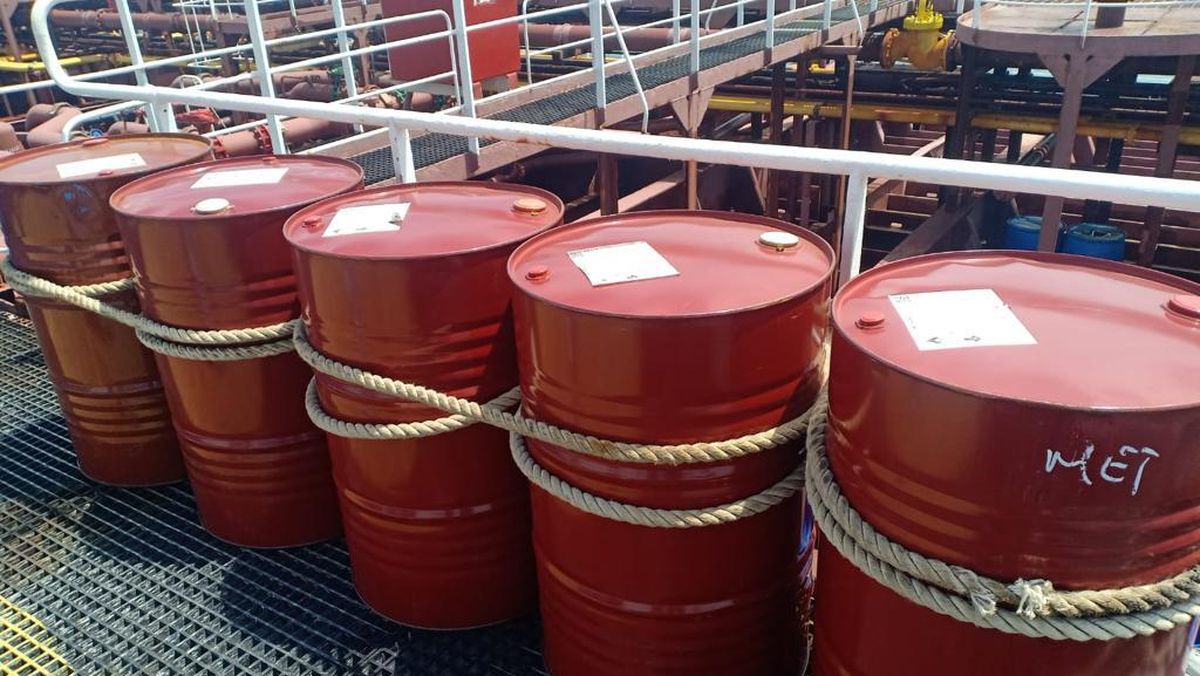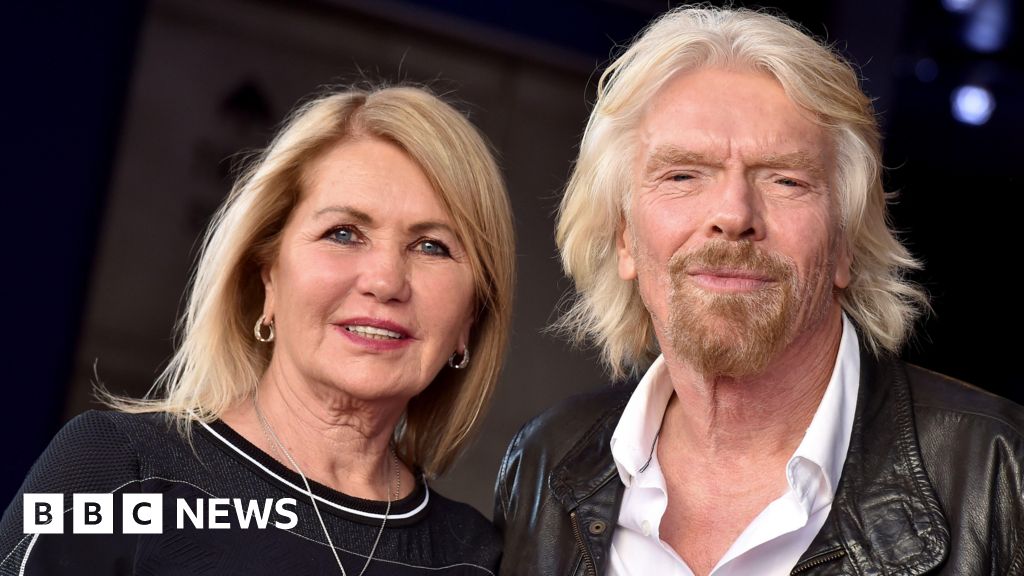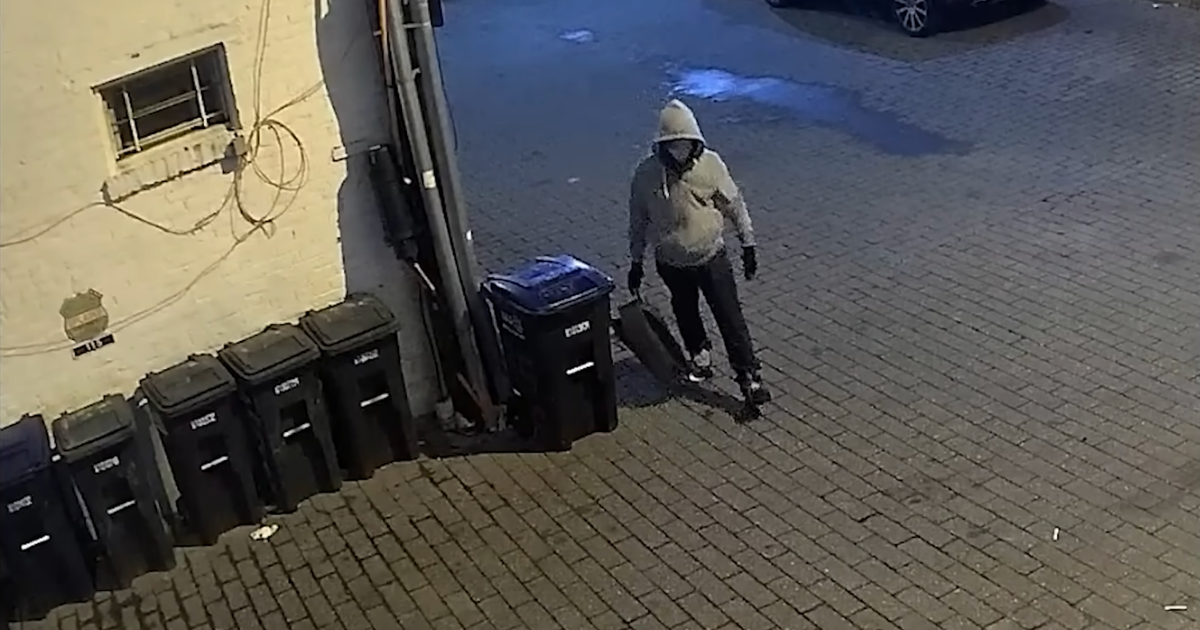Opinion
November 26, 2025 — 5.01am
November 26, 2025 — 5.01am
I’ve seen you recommend adding money to super after retirement. I thought you had to be employed to make contributions. How does it work?
You can make non-concessional (non-tax-deductible) contributions up to age 75, provided your total super balance is under $2 million at the time you contribute. Concessional (tax-deductible) contributions can be made by anyone under 67, but from 67 to 75 you must meet the work test, which requires working 40 hours within 30 consecutive days.

Topping up your super in retirement is easier than you might think.Credit: Simon Letch
I’d like clarification about a reversionary pension. My wife and I currently live on my super pension. If I die, the pension would revert to her. She has her own super in accumulation – about $900,000 – and my reversionary pension would be around $2 million, which equals the current Transfer Balance Cap. Is that acceptable? Put simply, can she have any amount in accumulation, even above the cap, provided she does not exceed the TBC when receiving my reversionary pension?
Mindy Ding of the Entireti Technical team says that on your demise, the ownership of your pension reverts to your wife. The value of the pension on the day you die will be assessed against your wife’s personal transfer balance cap, but not immediately – a grace period of 12 months applies before that value is counted against her cap.
Whether this will be an issue for your wife will depend on the circumstances at that time. For example, if your wife has never had a retirement phase pension of her own, and the value of your pension that reverts to her is below the TBC prevailing at that time, then there would be no excess TBC issues.
Further, she is entitled to retain her own super benefits within the accumulation phase in addition to continuing the reversionary pension.
If, however, your wife has commenced her own retirement phase pension by that time, it will be necessary to consider whether her remaining unused TBC balance is sufficient to accommodate the reversionary pension in full, and if not, get herself organised within the 12-month grace period to avoid exceeding the TBC, such as by taking out a lump sum from the reversionary pension or rolling back some of her own pension to accumulation phase. The rules in this area are complex, take specific advice from a qualified professional.
Recently, you wrote that death does not trigger CGT; it simply transfers the liability to the beneficiaries, who pay CGT if they eventually sell the asset. Is there a grace period after death in which the home can be transferred and sold while still retaining full CGT exemption?
The two-year CGT exemption lets beneficiaries sell a deceased person’s main residence within two years of death with no capital gains tax. The home must have been the deceased’s main residence and not producing income at the time of death.
If sold inside the two-year window, the exemption is full. The ATO can extend the period if delays are beyond the beneficiaries’ control. If sold after two years without an extension, some CGT may apply.
Loading
At 83, I am most concerned about the new aged care costs – particularly what would happen if I have to go into residential care. I’m trying to understand exactly how the drawdown works if the care home is allowed to deduct a percentage each year from the amount I pay when I move in.
Specifically, if the administrator can deduct, say, 2 per cent a year from my refundable accommodation deposit for up to five years, what would I be entitled to get back after that period, and how much would my children receive if I live longer than five years? For example, how would this work with a typical deposit of $500,000?
Aged care guru Rachel Lane points out that the government increased the market price cap, which is the amount aged care homes can charge without requiring government approval, from $550,000 to $750,000 in January this year. As a result many beds that were priced around $500,000 have jumped up to $750,000.
Let’s assume you pay a Refundable Accommodation Deposit (RAD) of $750,000. The amount that must be retained by the aged care home provider is 2 per cent, per annum, capped at 10 per cent (if you stay for 5 years or more).
So whether you stay for 5 years, 6 years or 10 years the most that would be deducted is 10 per cent – in this case $75,000 – so your estate would receive $675,000.
Noel Whittaker is author of Retirement Made Simple and other books on personal finance. Questions to: [email protected]
- Advice given in this article is general in nature and is not intended to influence readers’ decisions about investing or financial products. They should always seek their own professional advice that takes into account their own personal circumstances before making any financial decisions.
Expert tips on how to save, invest and make the most of your money delivered to your inbox every Sunday. Sign up for our Real Money newsletter.
Most Viewed in Money
Loading


















































